Prosp. Svobody, 28 – Lviv Opera house
The Lviv State Academic Opera and Ballet Theater was built in 1897-1900 under a project designed by architect Zygmunt Gorgolewski. The building is erected in historicist style and influenced by the so-called Vienna Neo-Renaissance. The monumental theater building has occupied a key position in the architectural ensemble of the city’s main avenue created in the late 19th – early 20th century.
Architecture
The monumental building of the opera theater closes the perspective of the central avenue of Lviv, Svobody boulevard. It is built in the historicist style influenced by the so-called Vienna Neo-Renaissance. The symmetric spatial and planning structure of the building is typical of the European academic architecture of the 19th century.
The theater is built of brick and stone with metal structural elements; it is plastered and has the shape of an elongated rectangle in plan. The building has a reinforced concrete strip foundation (near the Poltva riverbed enclosed in an underground manifold).
The building façades are decorated according to the principles of classical order architecture. The horizontal cornices divide the building into three tiers. The lower tier is rusticated and accentuated by three portals on the main façade. The second tier has arched loggias separated by paired Corinthian columns; on the extreme compositional axes, there are niches with allegorical figures: "Comedy" with a mask and "Tragedy" with a stylus in hand. The sculptures were created by sculptors Antoni Popiel and Tadeusz Barącz. Spandrels of the loggia arches are decorated with allegorical figures: "Poetry" and "Music" on the right hand; "Glory" and "Fortune" in the center; "Comedy" and "Tragedy" on the left hand. The author of these statues was sculptor Stanisław Wójcik.
The façade is crowned with a developed attic having a pedestal and a triangular pediment. The pedestal is decorated with stone statues of muses created by sculptors Antoni Popiel, Julian Markowski, Tadeusz Wiśniowiecki, Juliusz Bełtowski. Between these statues, there are two high relief composition, "A Tribute to Poetry" (on the left) and "Homer Recites His Poetry" (on the right). In the pediment tympanum, there is a nine-figure high relief composition "The Joys and Sufferings of Life" (sculptor Antoni Popiel). These almost three-meter-tall figures are made of hydraulic lime mixed with cement and are attached to the wall and cornices with iron anchors. The pediment is completed with three acroterions, six-meter-tall bronze statues. They are located in the following manner: "Glory" (with a gilded palm branch) in the center, "Comedy and Drama" to the left on the pedestal and "Music" to the right. The author of these statues was sculptor Petro Viytovych (Piotr Wojtowicz).
A part of the building's sculptural decoration was made by sculptor Edmund Pliszewski according to Gorgolewski's drawings. In particular, there are escutcheons there, some of which are placed on the attic's pedestal. Tablets on these escutcheons had to contain inscriptions with the names of the most famous artists who performed in the theater. On the same pedestal on the main façade, there are two cartouches with coats of arms of Lviv held by statues of boys.
The building is topped with a massive dome having lucarnes and a skylight. There are bronze sculptures on both sides of the dome: sitting figures grouped around a lyre and a swan symbolizing music. They are created by Edward Podgórski according to Petro Viytovych's models at the A. Beschorner factory in Vienna.
The theater's interior décor includes gilding, marble, decorative painting and sculpture. The core of the internal planning structure is the four-tier theater hall (designed for 1800 spectators) in the form resembling a lyre. The hall consists of an orchestra surrounded with boxes on both sides, two balconies with boxes and the third balcony, which can be entered by separate entrances and stairs leading up from the building's lateral façades. There are 44 boxes in total there; one of them, located near the proscenium, was meant for the emperor and had a separate entrance. However, Francis Joseph I never visited the Great City Theater. Next, there is a massive prismatic block of the stage covered by a dome on the outside. The hall and the stage are surrounded on both sides with corridors having rows of utility rooms along them. The front part of the building's interior is occupied by a vestibule, a two-tier lobby and two flights of the main staircase which are arranged symmetrically.
The highlight of the stage is a decorative curtain "Parnassus" (1900) created by painter Henryk Siemiradzki who was well known in Europe; it depicts an allegorical interpretation of the meaning of life in the figures of Parnassus. For the convenience of the audience, the artist asked the theater administration to print an explanation of the painting.
The sculptural decoration of the hall was made under the supervision of Piotr Harasimowicz. Petro Viytovych, Edward Podgórski, Giovanni Giovanetti, and students of the Lviv Applied Art School were engaged in creating the decoration too.
Above the proscenium, there are sculptures of a winged Genius and a goddess of Arts (created by Petro Viytovych) keeping the coat of arms of the city of Lviv and a laurel branch. The theater hall's ceiling is decorated with a round plafond painted under the supervision of Stanisław Rejchan who was also the author of the "Apotheosis of Glory" plafond above the proscenium. The space around the chandelier above the theater hall is divided into ten sectors. Each of them has allegorical female figures placed in it: "Grace", turned to the center of the stage (created by Edward Miron Pietsch); "Truth", located to the right of the latter, with a looking glass (Tadeusz Popiel); then, in a circle, "Illusion", with a bubble (Antoni Stefanowicz); "Innocence" (Tadeusz Popiel); "Bacchante" (Stanisław Batowski); "Inspiration" (Aleksander Augustynowicz); "Drama" (Ludomir Kӧhler); "Critique", with a whip (Tadeusz Rybkowski); "Dance" (Zygmunt Rozwadowski); "Music" (Alexander Augustinowicz). Plaster bas reliefs depicting ten famous Polish actors of the late 19th – early 20th cc. are placed in a circle there too.
The theater's vestibule is also richly decorated with marble of different colours, gilding, decorative painting and sculpture. The central staircase leads from the vestibule to the theater hall, whose entrance portal is decorated with white marble statues: "Comedy" and "Tragedy", created by Petro Viytovych, and a bas relief of Zygmunt Gorgolewski created by Juliusz Bełtowski in 1907. Under the vestibule plafond, there are twelve paintings depicting allegories of the seasons, various arts and professions which are created by different artists led by Tadeusz Popiel. Among them, there are "The Symbols of Lviv Bourgeoisie" (Tadeusz Rybkowski), "Spring" (Tadeusz Popiel), "Peasants" (Zygmunt Rozwadowski), "Summer" and "Knighthood" (Tadeusz Rybkowski), "Sculpture" and "Autumn" (Tadeusz Popiel), "Science and Art" (Marceli Harasimowicz), "Winter" (Tadeusz Popiel), "Painting" and "Contemporary Music" (Domazy Kotowski), "Ancient Music" (Walerian Kryciński).
In the niches, there were busts of Polish poets Jan Kochanowski, Adam Mickiewicz, Ignacy Krasiński, and Juliusz Słowacki. After the 1984 restoration, only Adam Mickiewicz remained there while the others were replaced by busts of Taras Shevchenko, Ivan Franko, and Alexander Pushkin.
On the second floor, there is an entrance to the lobby (a mirror hall), which is decorated with four female allegorical sculptures created by Piotr Wojtowicz (over the archivolts of entrances leading to the side halls), "Love", "Envy", "Pride" (with a looking glass in hand), and "Motherhood". In addition, there are many decorative sculptures and bas reliefs created by Piotr Harasimowicz there.
In the niches above the mirrors, there used to be busts of Polish composers Frederik Chopin, Stanisław Moniuszko, Józef Elsner, Karol Kurpiński. In 1984 they were replaced by busts of composers Mykola Lysenko, Semen Hulak-Artemovsky, Piotr Tchaikovsky and Mikhail Glinka. A ceiling panel ("Dance", "Poetry", "Music") was created by Stanisław Dębicki, who also painted four square allegorical pictures under the lobby ceiling: "Love", "Hate" (a woman with a sword), "Justice" (with scales), "Wisdom" (with a paper scroll).
Under his supervision, artists Juliusz Zuber, Alexander Augustinowicz, and Stanisław Batowski created eight paintings representing the works of Polish drama popular in the late 19th c., such as "The Krakowians and Highlanders" by Wojciech Bogusławski, "The Carpathian Highlanders" by Józef Korzeniowski, "The Dismissal of the Greek Envoys" by Jan Kochanowski, "The Revenge" by Alexander Fredro, "Balladina" by Juliusz Słowacki, "Barbara Radziwiłłówna" by Ałojzy Feliński, "The Dandy’s Courtship" by Franciszek Zabłocki, and "Halka" by Stanisław Moniuszko. A bronze sculpture of the theater patroness, famous Ukrainian singer Solomiya Krushelnytska (1873-1952), was placed in the center of the theater hall in 2002.
Personalities
-
Leonard Marconi
–
Leonard Marconi was a sculptor and building decorator, professor at the Higher Technical School in Lviv.
-
Godzimir Małachowski
–
Polish lawyer, politician, Deputy of Halychyna Parliament and the Austrian Parliament, President of Lviv (1896-1905).
-
Bohdan Koch
–
One of the leading actors of the Maria Zankovetska Theater, film actor; during the Nazi occupation he was a prisoner of the Yanivsky concentration camp; in the postwar years he was sentenced for anti-Soviet propaganda.
-
Ivan Levynskyi
–
One of the most renowned architects of Habsburg Lviv, entrepreneur, one of the largest employers of his time in the city. His firm was involved in the construction and renovation of countless structures throughout Lviv and the region. Professor at the Higher Technical School, an active public figure associated with the Ukrainian People's Movement.
- Vyacheslav Sekretariuk – Soviet and Ukrainian politician, Communist, economist. Chairman of the Executive Committee of the Lviv City Council of People's Deputies in 1975-1980.
-
Antonina Denisiuc
–
Artist, curator, author of paintings, and performances. Lives and works in between Lviv, Berlin, and Zurich.
Sources
- Володимир Вуйцик, Роман Липка, Зустріч зі Львовом, (Львів: Каменяр, 1987).
- Павло Гранкін, "Вентиляція оперного театру", Ринок інсталяційний, №5 (89), 2004, 64.
- Павло Гранкін, Євген Соболевський, "Львівський оперний театр: історія будови і реставрації", Будуємо інакше, №2 (2000), 42-45.
- Павло Гранкін, Євген Соболевський, "Львівський оперний театр: історія будови і реставрації", Будуємо інакше, №1 (2001), 37-47.
- M. Lityński, Pamiątkowy opis teatru miejskiego we Lwowie, (Lwów: Z drukarni E. Winiarza, 1900).
- Mieczysław Orłowicz, Przewodnik po Lwowie, (Lwów, 1925).
Media Archive Materials
Related Pictures
-
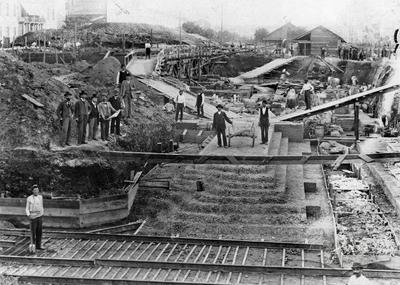 Будівництво Міського театру
Будівництво Міського театру
-
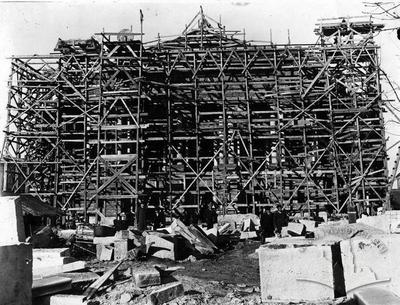 Спорудження міського театру
Спорудження міського театру
-
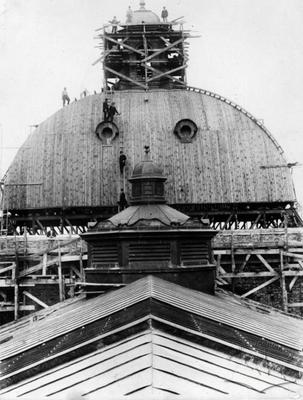 Спорудження купола міського театру
Спорудження купола міського театру
-
 Проспект Свободи
Проспект Свободи
-
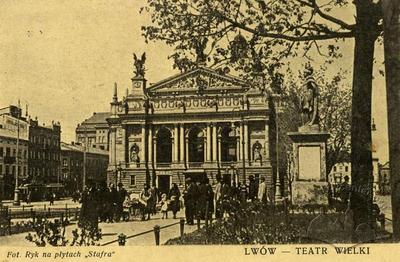 Великий театр
Великий театр
-
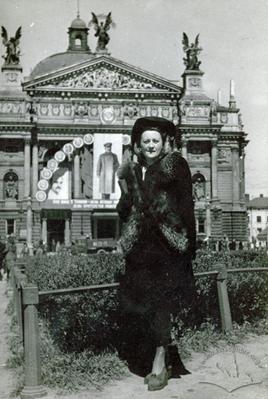 Жінка перед Оперним театром
Жінка перед Оперним театром
-
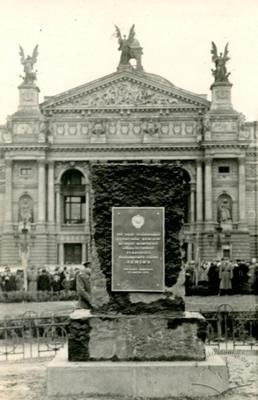 Стела на місці встановлення памятника Лєніну
Стела на місці встановлення памятника Лєніну
-
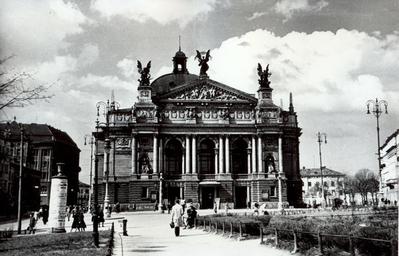 Вид на оперний театр та Гетьманські вали
Вид на оперний театр та Гетьманські вали
-
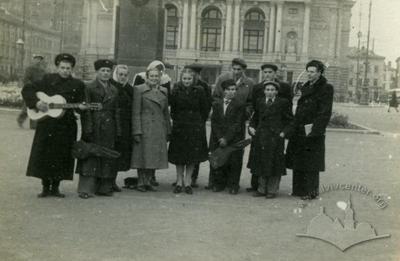 Молоді музиканти
Молоді музиканти
-
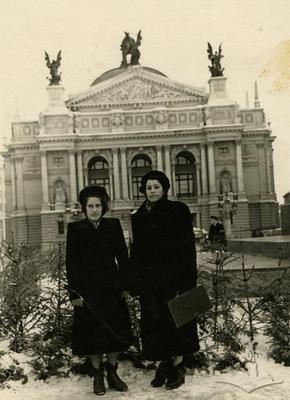 Театр опери та балету
Театр опери та балету
-
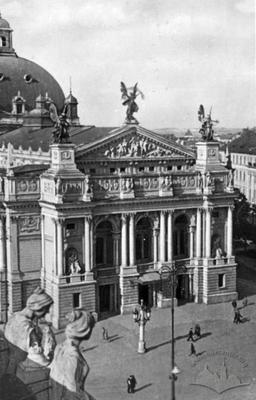 Львівський Національний Академічний театр опери та балету імені Соломії Крушельницької
Львівський Національний Академічний театр опери та балету імені Соломії Крушельницької
-
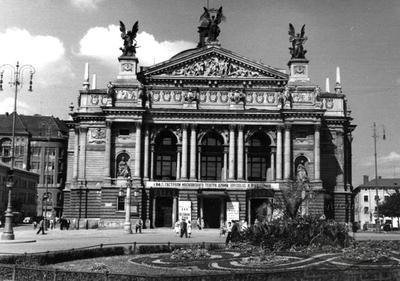 Львівський Національний Академічний театр опери та балету ім. Соломії Крушельницької
Львівський Національний Академічний театр опери та балету ім. Соломії Крушельницької
-
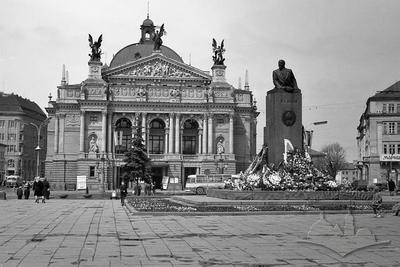 Львівський Національний Академічний театр опери та балету ім. Соломії Крушельницької
Львівський Національний Академічний театр опери та балету ім. Соломії Крушельницької
-
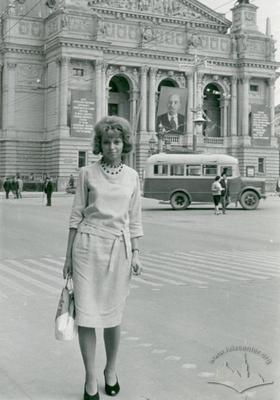 Жінка біля Оперного театру
Жінка біля Оперного театру
-
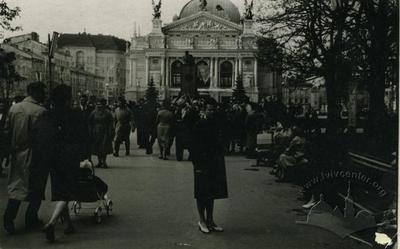 Проспект Леніна (тепер проспект Свободи)
Проспект Леніна (тепер проспект Свободи)
-
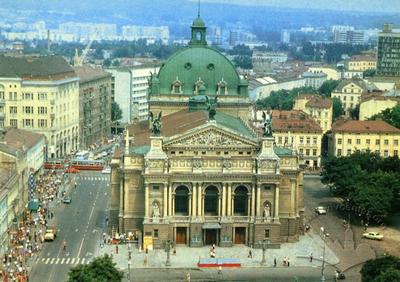 Державний академічний театр опери та балету ім. І. Я. Франка
Державний академічний театр опери та балету ім. І. Я. Франка
-
 Жінка перед Оперним театром
Жінка перед Оперним театром
-
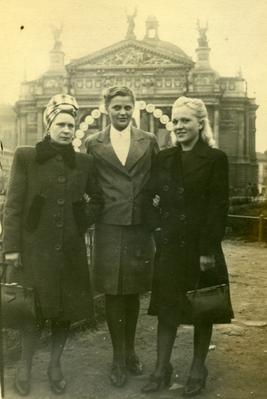 Жінки перед Оперним театром
Жінки перед Оперним театром
-
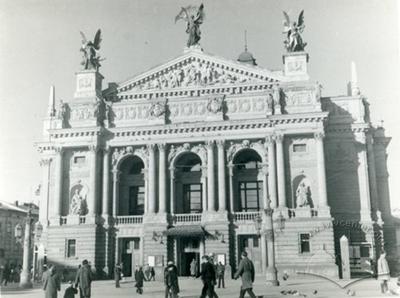 Оперний театр
Оперний театр
-
 Проспект Свободи
Проспект Свободи
-
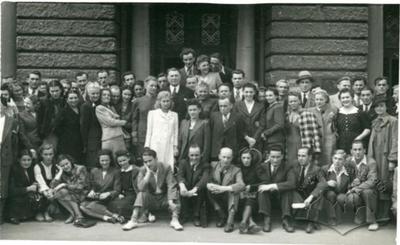 Портрет перед Оперним театром
Портрет перед Оперним театром
-
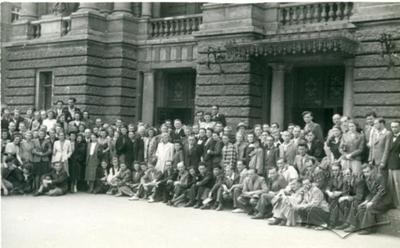 Портрет перед Оперним театром
Портрет перед Оперним театром
-
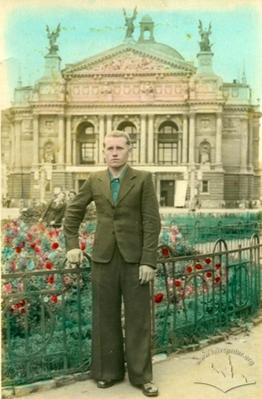 Портрет перед Оперним театром
Портрет перед Оперним театром
-
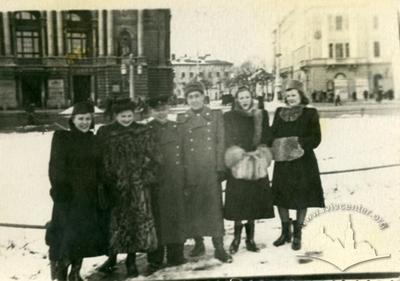 Портрет перед Оперним театром
Портрет перед Оперним театром
-
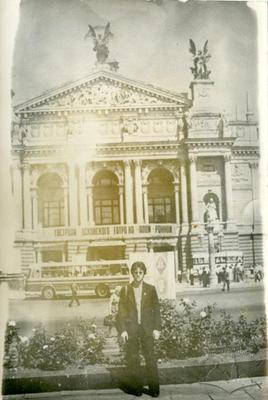 Портрет перед Оперним театром
Портрет перед Оперним театром
-
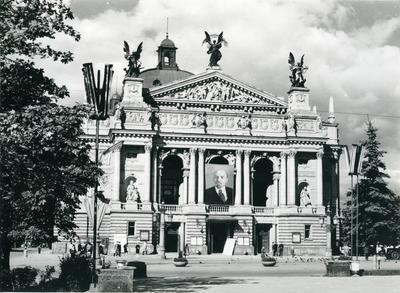 Оперний театр
Оперний театр
-
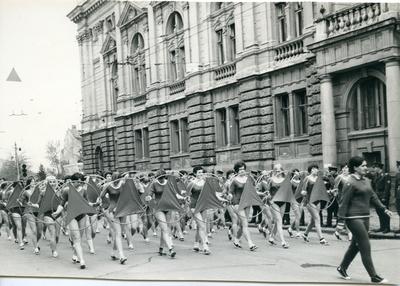 Першотравнева демонстрація
Першотравнева демонстрація
-
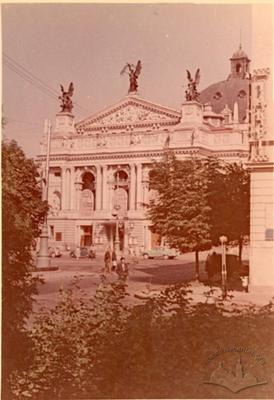 Оперний театр
Оперний театр
-
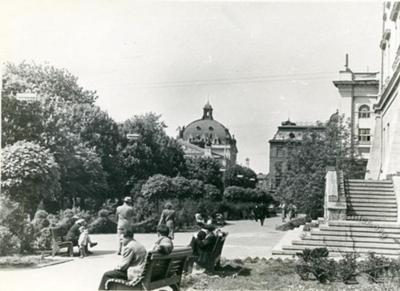 Проспект Свободи
Проспект Свободи
-
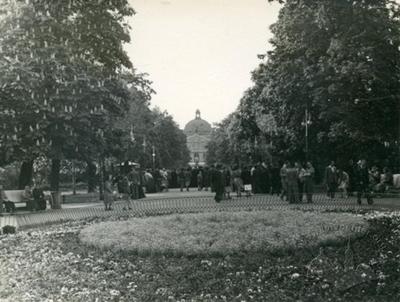 Проспект Свободи
Проспект Свободи
-
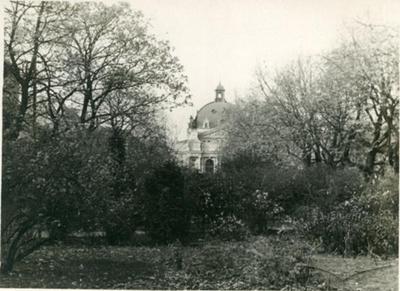 Проспект Свободи
Проспект Свободи


























